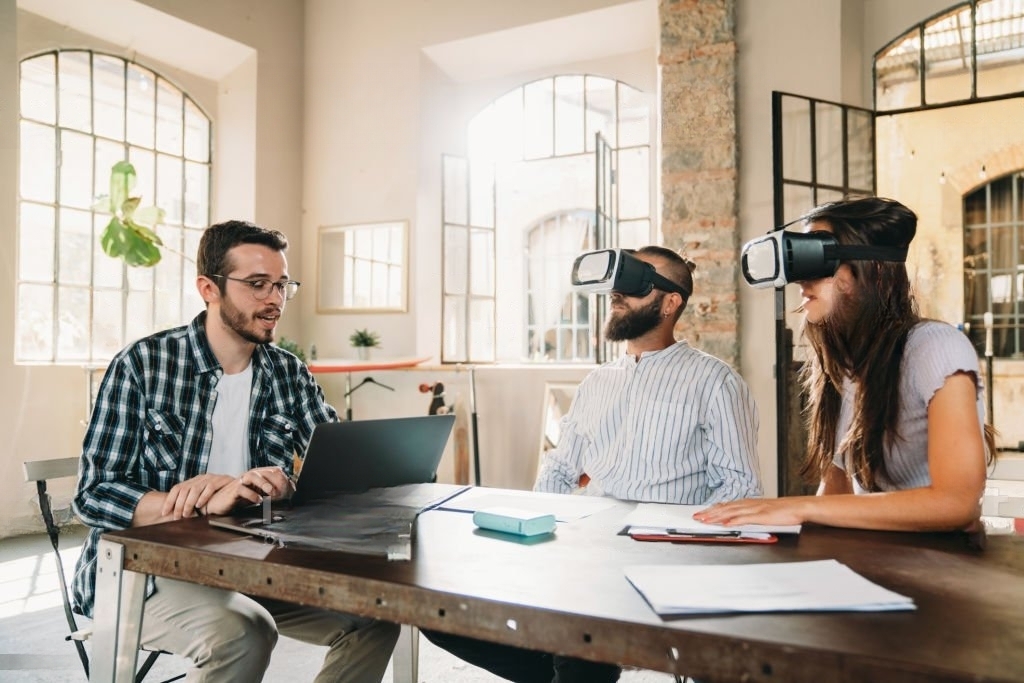Virtual reality (VR) can enhance production processes in various industries by providing new tools and capabilities. Here are some ways in which virtual reality helps in increasing production:
- Virtual Prototyping and Design: VR allows designers, engineers, and manufacturers to create and visualize prototypes in a virtual environment. This eliminates the need for physical prototypes, reduces costs, and accelerates the design iteration process and 3D animation. VR enables users to interact with virtual models, identify design flaws, make improvements, and test functionalities before moving into physical production.
- Training and Skills Development: VR-based training programs can simulate real-world production scenarios and provide hands-on practice in a safe and controlled virtual environment. This enables employees to acquire or enhance their skills without the need for expensive machinery or risking accidents. VR training can expedite the learning process and improve worker productivity.
- Remote Collaboration and Communication: VR facilitates remote collaboration among teams located in different places. It allows team members to meet virtually, share and review 3D models or design concepts, and discuss production strategies in real-time. This reduces the need for travel, enhances communication efficiency, and streamlines decision-making processes.
- Assembly and Production Line Visualization: VR can be used to simulate assembly processes and visualize production lines. This helps identify potential bottlenecks, optimize workflows, and improve efficiency. VR can also assist in training assembly line workers by providing a realistic and interactive virtual environment where they can practice assembly tasks and understand the production sequence.
- Maintenance and Repairs: VR can support maintenance and repair operations by providing step-by-step guidance and visual aids. Technicians can access virtual manuals, view equipment models, and receive real-time instructions overlaid on the physical equipment through augmented reality (AR) headsets. This reduces downtime, enhances accuracy, and improves the overall maintenance process.
- Simulation and Optimization: VR enables simulations of production processes, allowing companies to identify and resolve issues before implementation. This includes evaluating manufacturing layouts, testing equipment configurations, and optimizing workflows for maximum efficiency. VR simulations help minimize risks, reduce costs, and optimize production outcomes.
- Data Visualization and Analytics: VR can transform complex production data into visual and interactive representations. This allows managers and operators to explore and analyze data in immersive virtual environments, enabling better decision-making, identifying patterns, and optimizing production strategies.
By leveraging the immersive and interactive capabilities of virtual reality, businesses can streamline production processes, improve efficiency, reduce costs, enhance worker training, and optimize decision-making. VR empowers companies to explore new possibilities, solve production challenges, and drive innovation in various industries.









